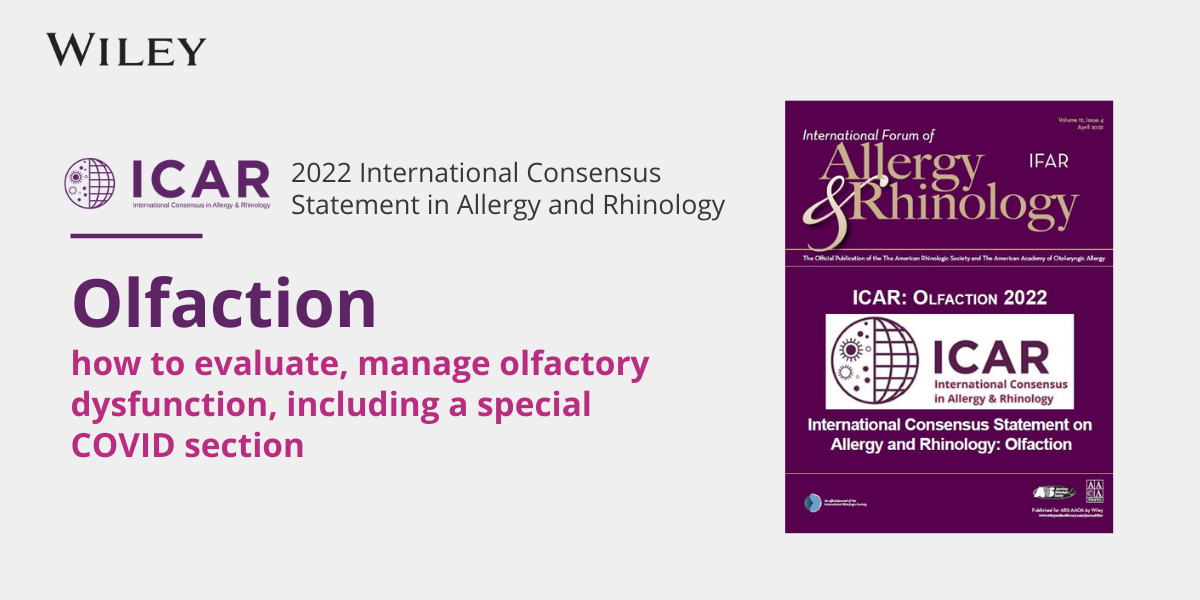Beginning January 1, the Centers for Medicare & Medicaid Services (CMS) expanded its billing policy for HCPCS code G2211 (Visit complexity inherent to evaluation and management associated with medical care services that serve as the continuing focal point for all…
CY 2022 Physician Fee Schedule Proposed Rule Summary
On July 13, the Centers for Medicare & Medicaid Services (CMS) released the Medicare Physician Fee Schedule (MPFS) proposed rule for CY 2022. This rule updates payment policies and payment rates for Part B services furnished under the MPFS, as well as makes changes to the Quality Payment Program (QPP). The rule in its entirety and the addenda, including Addendum B, which lists the proposed RVUs for each CPT code can be found here.
The following summarizes the major policies in the proposal. Note that the page numbers listed in this document refer to the display copy of the proposed rule.
Conversion Factor and Specialty Impact (p. 1177)
The proposed conversion factor for 2022 is $33.5848, a decrease of $1.31 from the 2021 conversion factor of $34.8931, a decrease of 3.75 percent. This reduction is the result of the expiration of the 3.75 percent increase Congress included in the Consolidated Appropriations Act, 2021 as well as the fact there is no statutory increase to the conversion factor for 2022. Table 123 provides a summary of the impact of the changes, excluding the conversion factor decrease, in the proposed rule by specialty. The changes in the rule are budget-neutral in the aggregate, which explains why the impact for all physicians is shown as zero.
Based on an analysis conducted by the American Medical Association, the proposed changes in the rule, including the conversion factor decrease, would result in -3.5 percent and -4.9 percent decreases for allergy/immunology and otolaryngology respectively. Note that the changes to practice expense covered in this summary result in significant decreases for some procedures commonly performed by AAOA members. The overall impact of this proposed rule on an individual provider’s reimbursement will depend upon their case mix.
Practice Expense Clinical Labor Pricing Update (p. 48)
CMS began updating supply and equipment prices used for direct practice expense (PE) inputs in 2019 and 2022 will be the final year of the transition to these new inputs based on work StrategyGen’s market research study. When this work started, the agency did not propose to update the clinical labor pricing which has remained unchanged since CY 2002. Stakeholders have suggested certain wage rates are inadequate because they do not reflect current wage information and updating supply and equipment pricing without updating clinical labor could create distortions in direct PE allocation in a budget neutral system.
In this rule, CMS is proposing to update the clinical labor pricing using the most current Bureau of Labor Statistics (BLS) data in CY 2022 in conjunction with the final year of the supply and equipment pricing update. Table 5 includes the proposed clinical labor pricing updates. The agency is requesting comments on this proposal and is particularly interested in additional wage data for clinical labor types for which there was no direct Bureau of Labor Statistics wage data. Table 6 shows the impact of this proposed change by specialty. CMS estimated the specialty-specific impacts of this change as well as those if the policy were to be phased in over four years (which can be found in Table 135) with allergy/immunology seeing a -1 percent decrease and otolaryngology seeing a -2 percent decrease in reimbursement as a result if implemented all at once and no impact if it is phased in over four years.
These specialty impacts are largely driven by the share that labor costs represent of the direct PE inputs for each specialty such that specialties with substantially higher or lower than average share of direct costs attributable labor will experience the most significant changes. CMS is considering a 4-year transition to implement the clinical labor pricing update to smooth out the increases and decreases but recognizes this would mean the agency will continue to rely on outdated data for clinical labor pricing.




